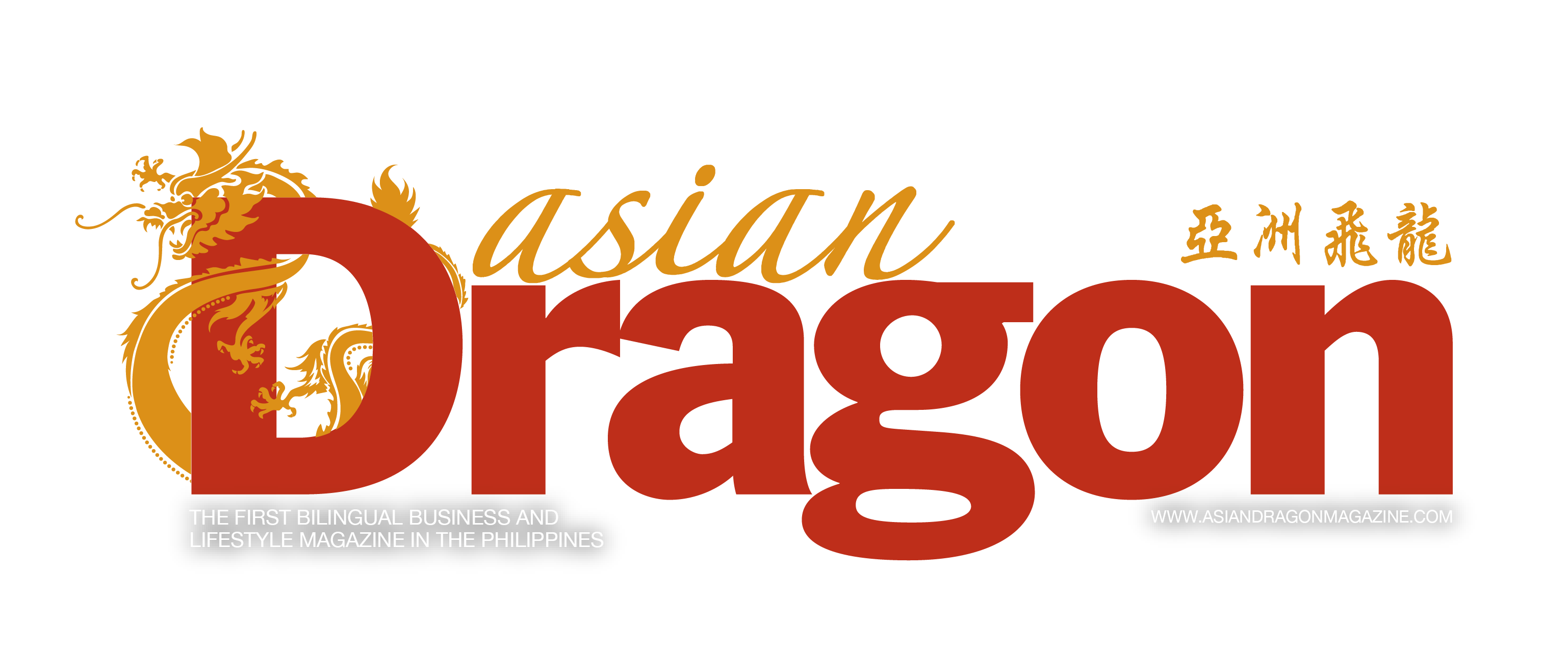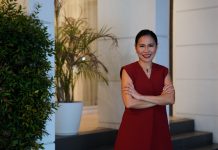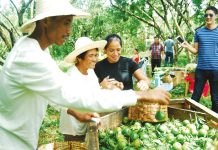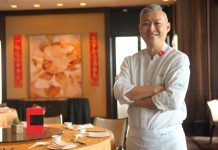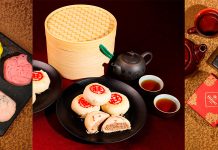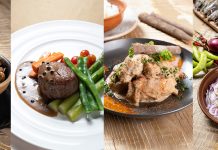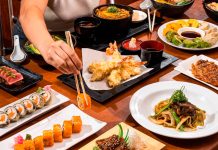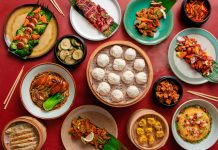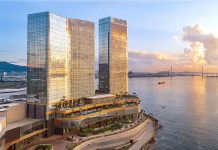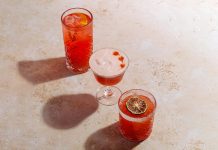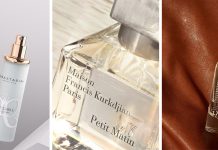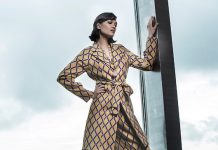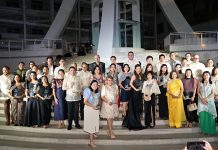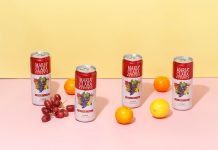Someone once said that human beings are stories wrapped in skin, shaped by the stories handed to us by our ancestors, by the customs practiced by our families and immediate communities, and by the rich environments we live in. Our presuppositions, the lenses through which we see and understand the world, are tinted by the narratives and cultural experiences that have been passed down to us from one generation to the next.
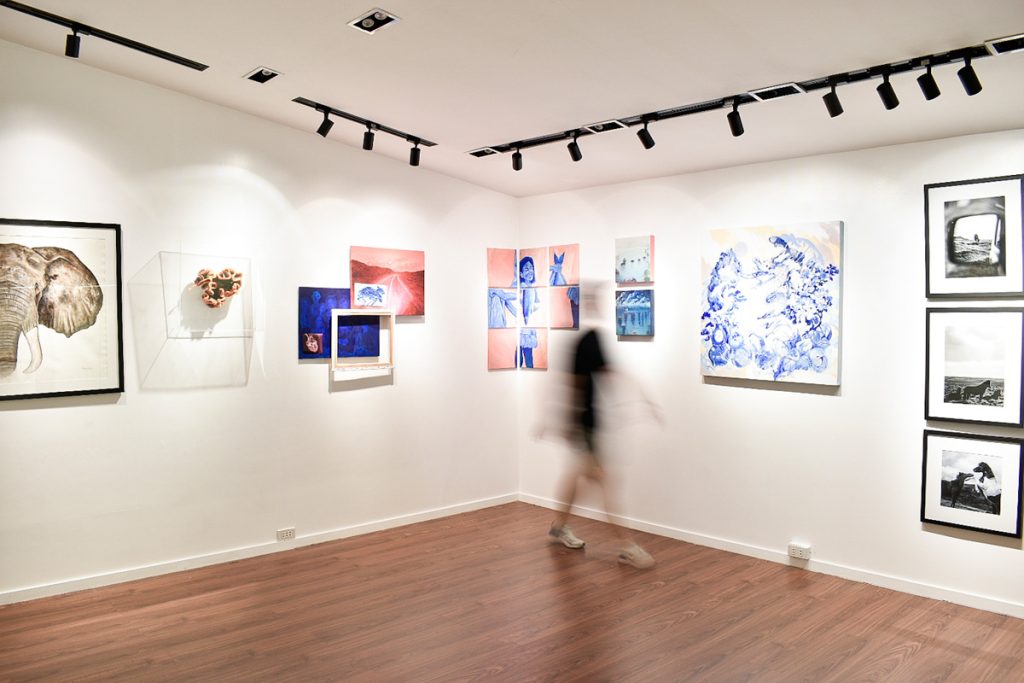
What began as a desire to create a proper survey of Chinese-Filipino contemporary art has proven to be a journey of the heart. The curatorial process for this exhibition evolved to transcend the original vision and intention of presenting diverse works by artists from within the Chinese-Filipino community.
“Don’t be afraid of being slow, be afraid of standing still” [不怕慢,就怕站] has become a labor of love, an odyssey of the soul, a window into the past, an acknowledgment of the ever-evolving Chinese-Filipino community, a celebration of the rich tapestry of cultures that continues to define what it means to be Filipino today, and a metaphorical mirror that artists can hold to see into who they are as complex and multicultural Chinese-Filipino creatives of our time. Borrowing a Chinese saying that serenely reminds us of the value of moving forward, of pressing on no matter the pace, no matter the uncertainty, no matter the risk, the exhibition’s title is a gentle reminder to the next generation to allow their spirits and their minds to move at the same pace as their bodies, to venture into a journey of wholeness, and to give oneself the permission to slow down, recover, and heal.
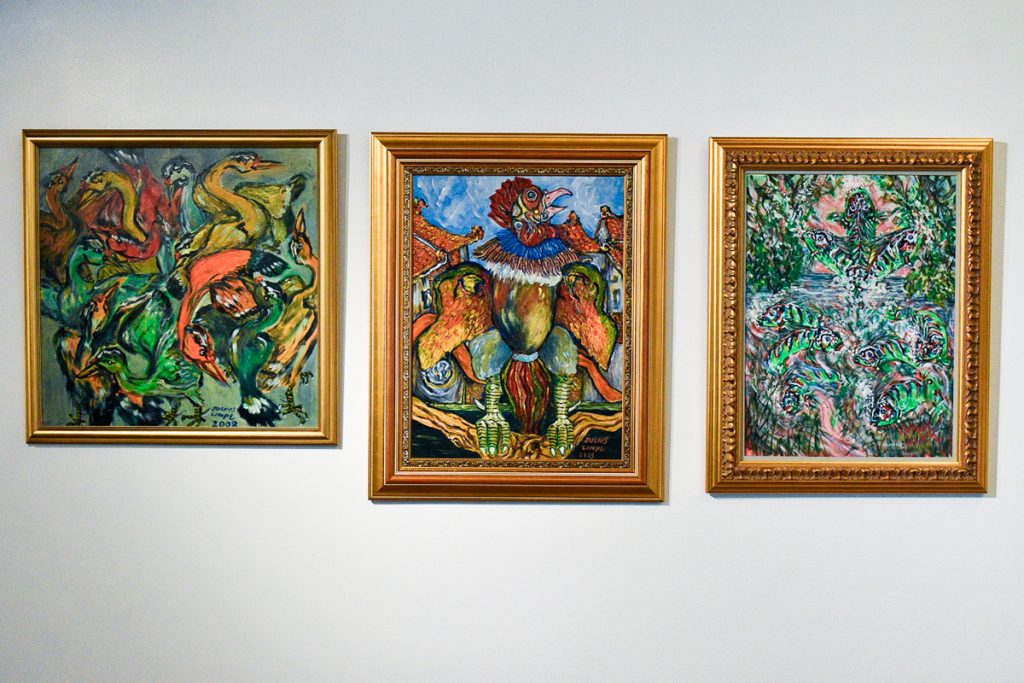
The group exhibition is structured as a collection of works that zeroes in on the
Chinese-Filipino cultural experience within the context of contemporary Philippine art, and features selected works from the estate of Julius Limpe and new works by Janice Liuson-Young, Clarence Chun, Leeroy New, Romeo Lee, Billie Jean, Miguel Lorenzo Uy, Jon Cuyson, Johann Gohoc, Kadin Tiu, Shireen Co, Jay Yao, Rosenthal Tee, Aze Ong, Sarah de Veyra-Buyco, JD Yu, Xian Lim, Christopher Yap, Jerika See, Julieanne Ng, Bryan Kong, Christine Go, Pete Rich, Nico Ng, Patty Py, Jing, Rachelle Tan, Helena Go, and Patrick de Veyra.
Co-curated by Janice Liuson-Young and Patrick de Veyra, the exhibit opened Feb 24 and is ongoing until March 9 at the White Walls Gallery in Makati.
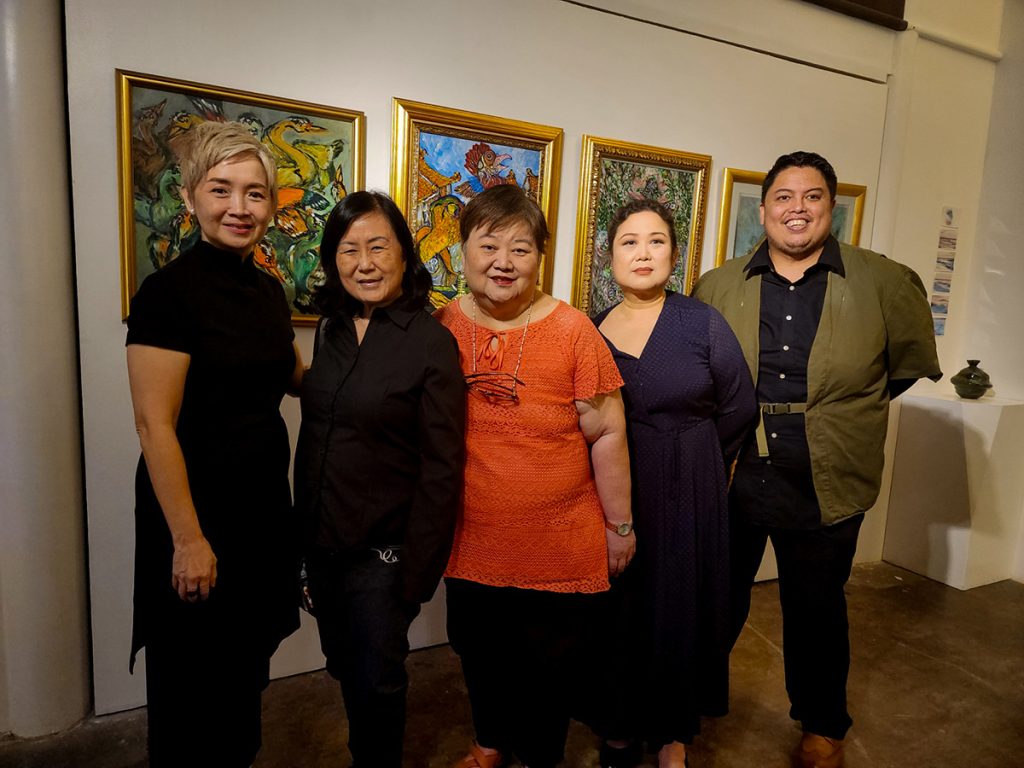
This exhibition also opened the door to building a deeper relationship with the members of the Limpe clan, particularly members of the immediate family of the late Julius Limpe, an important Chinese-Filipino painter, visionary, and fourth-generation master blender who molded the Philippines’ oldest distillery, Destileria Limtuaco, from a historic company founded in 1852 into a national symbol that remains iconic, innovative, and lucrative to this day. It is hoped that the selected works by Julius Limpe inspire the next generation of Filipino artists to create works that speak of their heritage, their unique cultural experiences, and their truth.
“There are so many beautiful things in life and nature….,” Limpe has said. “We must appreciate these, especially all living creatures created by God. As a theme, I generally delight in painting life’s jubilant moments…. Art seeks to inspire people. My art inspires happiness in life, happiness in living with God’s creations, and the pleasure of existence.”
The participating artists share their visions in their works:
“Sa tatay kong Cantonese nakuha ang pagka-artist ko,” says Romeo Lee. “Yung raket niya dati sa Bicol ay Puladayon, parang Bingo na sugal kung saan pipinturahan mo ang paborito mong numero tapos bobolahin pagkatapos ng tatlong araw. Kapag walang mga customer, yung brush at ink na pula ang ginagamit ko na pampinta.”
“The paintings reflect my past month of planning and regrouping that I did to start the year,” says Shireen Co. “To me, that is going slowly, to push back against anxieties and counter the urge to start the year running, to find serenity. Being only half Chinese, it’s hard to parse out the ‘Chinese parts’ out of all the bits and pieces of life—perhaps it’s only in being called Achi, having things passed down from Amah, or having Papa’s Chinese Bible lying around out there to consult. But as I meditate on the new year, the proverb really does strike a chord. It’s okay to take time.”
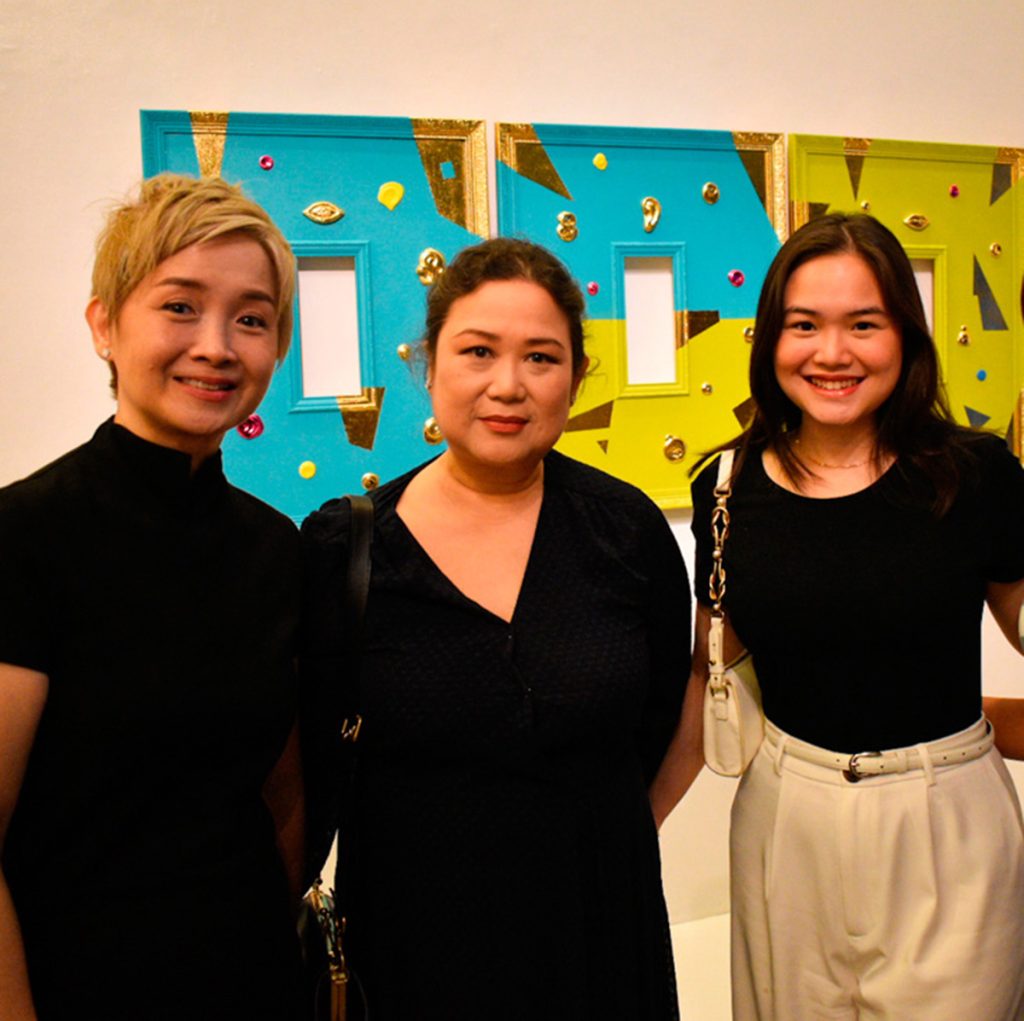
Patrick de Veyra adds, “As a grandson of a Chinese Filipino grandfather who served as a businessman, an immigration lawyer who helped in the naturalization of Chinese immigrants during his time, and chief of the Crime Laboratory of the Philippine Constabulary, I have long desired to pay homage to his roots, and, by extension, my roots. Layered on an early 20th century image of my tai ma and her siblings are thick, expressive, gestural, and violent brushwork. Beneath my Chinese-Filipino ancestors’ image is a collage of an imaginary bouquet made from flowers from China’s Fujian province and Leyte, the home province of the Sydiongco siblings. Both the image of my ancestors and the imaginary bouquet are nearly completely obscured by the layers and layers of bold and expressive brushwork. Appearing as phantom images trapped in a pictorial field of gestural abstraction, I seek to capture the paradoxical nature of memory: its fleeting nature as well as its persistence.”
“The idea behind my paintings and sculptures is the transference and distillation of my firsthand experience and understanding of traditional Chinese culture into my own contemporary visual language,” says Billie Jean of bridging the old and the new.
“Xiaolongbao, a beloved Chinese delicacy, embodies culinary artistry and cultural values, crafted with care and love in intimate kitchen settings,” continues Jerika See. “Handmade xiaolongbao offers a depth of flavor unmatched by store-bought versions, requiring dedication and skill to make from scratch. This process fosters heartfelt experiences that resonate across generations, connecting families through shared tastes and memories. It’s a symbol of tradition, connection, and the profound bond between food, family, and culture.”
“The lotus symbolizes rebirth, spiritual enlightenment, faith, and continuity,” says Kadin Tiu. “As a Chinese-Filipino, the daily re-blooming of the lotus symbolizes showing up in one’s best form. Embracing this inspires me to be the best I could be both as a Filipino and as a Chinese, as this embodies my very own symmetry.”
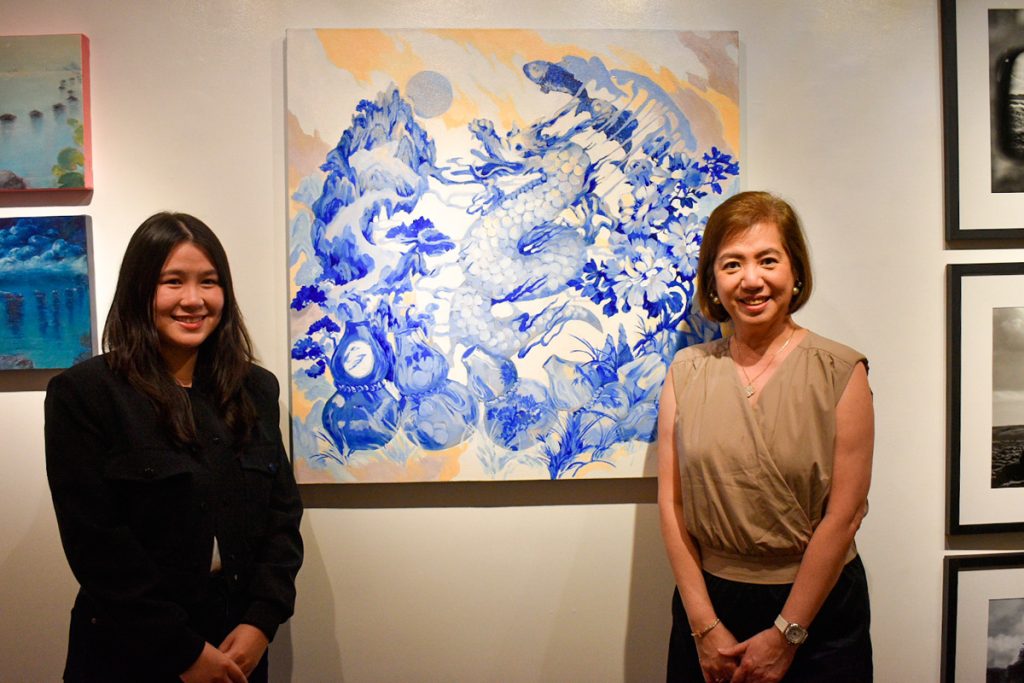
“My work depicts the palpable energy of a dragon recoiling, seemingly calculating, ready to scale another mountain,” says Patty Py. “One of the gourds has been knocked over, but the dragon does not look back because it has already nourished the peony blossoms behind. I depicted the wu lou (gourd), the symbol of longevity, to illustrate the pillars of life. It shows movement and growth through experience, as well as willingness to be filled with knowledge and wisdom.”
“Signifying rebirth in Chinese cultures, cicadas take 13-17 years to complete a life cycle,” reveals Helena Go. “In my work, cicadas symbolize the Chinese values of perseverance and commitment. Their growth is slow but not stagnant. They endure the changes within their environment and struggles through a long period of time.”
“Flowers have long been appreciated by humans for their beauty and pleasant scents, and also hold cultural significance as religious, ritualistic, or symbolic objects, or sources of medicine and food,” notes Xian Lim. “Why do we need to stop and smell them?”
Nico Ng explains: “Fabricated using deep blue reflective material, my work encourages viewers to engage in a conceptual conversation about one’s future and life journey. Through my text-based work, I seek to catalyze a conversation with the viewers or perhaps create a space for personal contemplation. By designing a unique calligraphic script inspired by gestural Chinese calligraphy, my work touches on life’s diverse and unpredictable paths, as well as offering viewers a sense of movement and action. The reflective surface acts as both a literal and metaphorical mirror, inviting viewers to see themselves in different scenarios, fostering introspection and foresight before making their next move.”
“Do not look at, do not listen to, do not speak of, do not do whatever is contrary to ritual propriety,” said Confucius, a statement which inspires Pete Rich. “Having been brought up in a Chinese-Filipino household, such proverbial principles were taught as an essential aspect in living an enriched and fulfilling life. My work interprets the excerpt into imagery through the manipulation of texture and color to bring a somewhat three-dimensional sculptural aspect into my work, breaking out of what a conventional painting should be.”
On the primacy of process, Janice Liuson-Young says, “My recent body of work explores the formal and symbolic parallels between traditional Chinese calligraphy and gestural abstraction. By bridging eastern and western traditions in the visual arts, my paintings embody movement in various contexts, be it physical, cultural, or spiritual. My work is rooted in my deep belief in the divine breath of life that catalyzes movement in all living things. I strive to capture the energy or qi that permeates all of creation. My action paintings reveal a sense of vitality and dynamism.”
“Each day, as I mold clay through its ups and downs, I find strength in my Chinese-Filipino heritage, holding onto persistence and dedication as my guiding lights along this pottery journey,” affirms JD Yu.
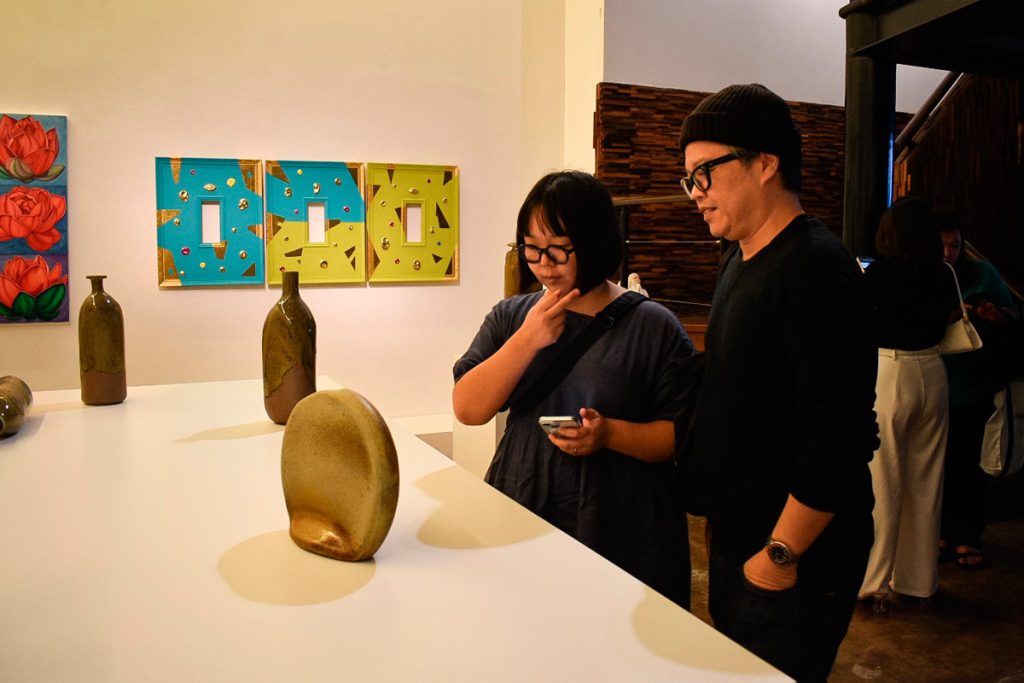
“Of all the art processes that I tried learning, only one process allowed me to express my thought world into something tangible: the earth,” adds Johann Gohoc. “By manipulating earthen materials, by embracing the primal process of pottery, I am able to faithfully give life to the images, forms, and ideas that would otherwise stay hidden in my mind.”
“Fiber is a frequency that connects a multitude of beings,” says Aze Ong. “Parallel to the creative processes of ancient Filipino weavers, with rituals seeking the guidance of gods, intuitive and meditative, involving the whole being in the work. Weavers weave in their space, emitting interconnected energies through the work. The Spiritual Tortoise in the Book of Changes symbolizes creation, longevity, and wisdom. The perceived slowness of turtles can also mean that the progress taking place is planned, focused, and determined. It is movement that is correct, sure, and balanced. There is also an element of strength and endurance in this deliberate advancement.”
For Christine Go, “The serene expression of the elephant’s eyes conveys a sense of calm amidst the chaos. The elephant’s head symbolizes the wisdom and strength found in steadfastness rather than frantic motion.”
On shared spaces, symbols, and rituals, Miguel Lorenzo Uy notes, “The area which I reside in has a majority population of Chinese-Filipinos, and I wanted to document the views we share everyday. I wanted to also explore the idea of scale in terms of perspective to a point where the act of creating this work led to questions concerning the idea of ‘cosmic perspective.’”
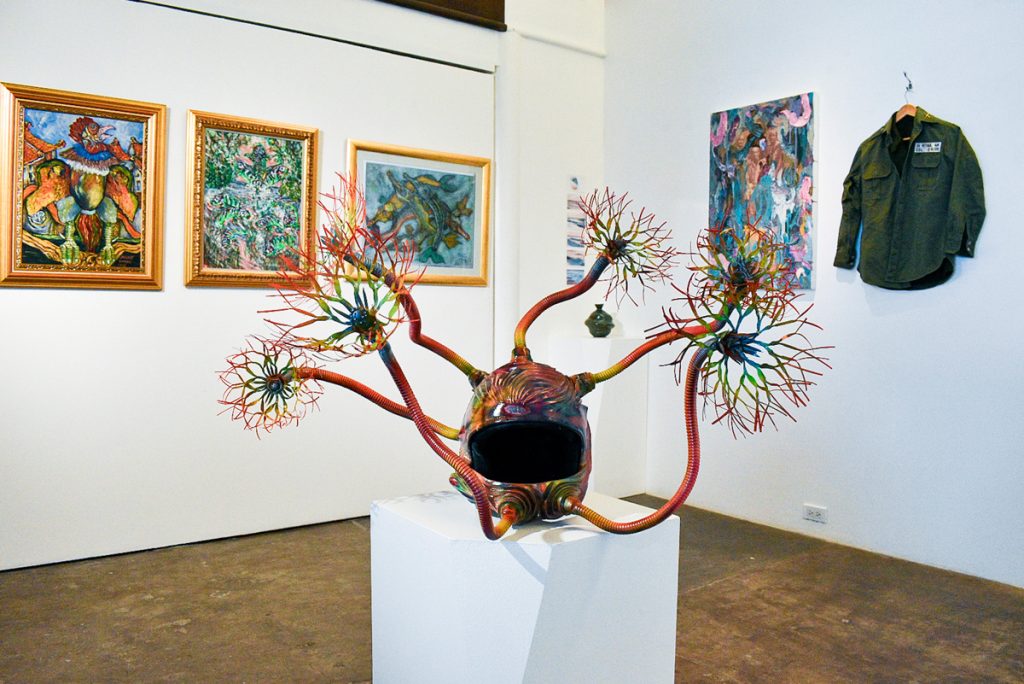
“My family uses incense sticks as a means of worship and prayer,” recounts Julieanne Ng. “It is this sense of familiarity that led me to use it as my medium in order to visualize and translate the meditative aspect of the incense stick as both an object and a material.”
“I am interested in making work that simultaneously becomes a sign, a metaphor, and a vehicle for transcendence while interacting with its physical and material presence,” says Jon Cuyson. “Drawing from post-conceptual abstraction, my minimal acrylic paintings on canvas reveal their material support while shifting the viewer’s perspective, using geometric compositions of everyday signifiers from my personal cosmology such as tape, foam, louvers, tubes, and the utilitarian Good Morning towel.”
On carving a contemporary identity, Sarah de Veyra-Buyco observes, “It is said that leaves that fall return to their roots 叶落归根. I have experienced this ‘going back’ the past year, witnessing my cousin reach his end of life. I have learned that regardless of who we are and our created identities, one day when it’s our time to go, we will go back to our true selves, layers peeled off, and at that appointed time comes peace and freedom, too. I created a work that echoes this calming feeling. I want to pursue a path that is grounded in my roots, culturally and as a human being, and stay true to that.”
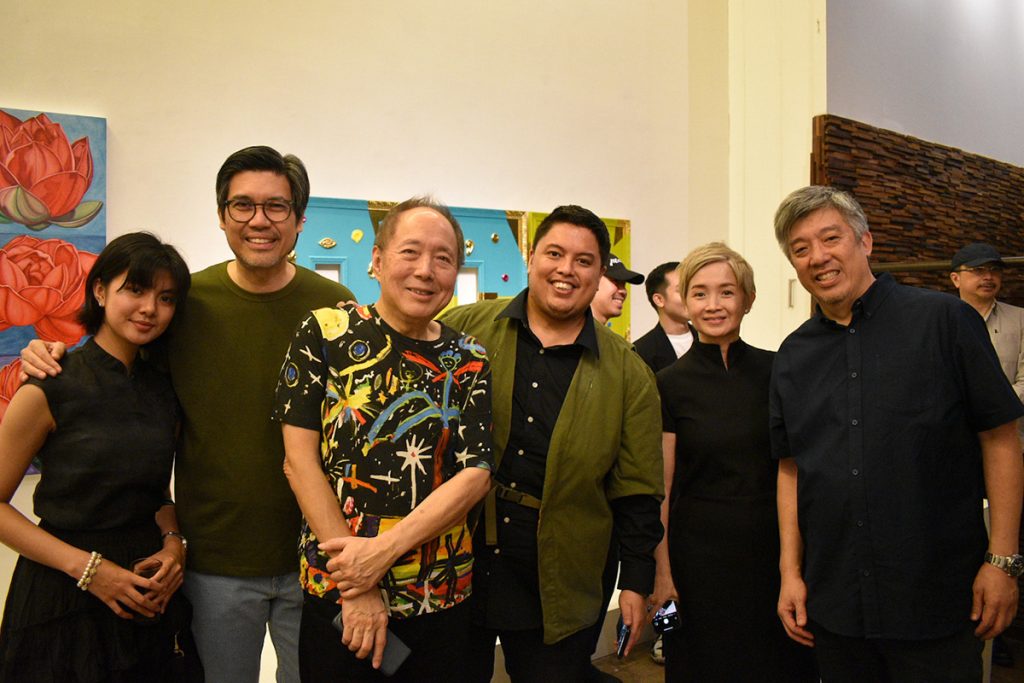
“My works are hyper-pop abstractions based on time, speed, and memory,” says Clarence Chun. “Specifically, these paintings act as a visual diary of my experience as a mixed Filipino-Chinese-American, in flux in both societies, belonging and not-belonging to both cultures but taking the best parts of both.”
Jay Yao shares his vision in a poem:
Pomo Poem (post-modernist)
Being a third culture gentle man,
I think the unique cultural experiences
I’ve lived through hopefully bring
less generational trauma from
the mark-making presented…
Using photography, I hope to
share the enduring magic that the visual arts can present
Leeroy New says, “As a Chinese-Filipino artist who was raised within a multicultural environment, my body of work is marked by large-scale immersive environments, costuming, collaborative performances, and video works driven by concepts of the building of worlds, myth-making, and social change. I transform natural materials, found objects, and assorted discards into representations of a speculative future where Filipino contemporary life, pre-colonial mythology, and environmentalism intersect.”
“I am proud of my of my Chinese-Filipino heritage and lineage,” declares Christopher Yap. “I was born in Manila, and both my parents are Chinese-Filipino, yet I do not feel any different from any other Manileño. I love the Chinese-Filipino culture here in the Philippines, the country I call my home, which is a melting pot of beliefs with a rich heritage, and stimulating intellectual exchange. In my work, I love to explore what’s inside my head and what I see in the outside world. Painting from imagination is what I’m good at. I believe that images that come from the depths of my mind are always the most interesting.”
“People are so accustomed to thinking about cultural identity in definitives, but I’ve always felt like I exist in the spaces in between,” concludes Jillianne Ng, a.k.a. Jing. “In some plurality. Being Chinese-Filipino meant being ‘either or’—either too Filipino or not enough, Chinese but not Chinese enough. Being Chinese-Filipino meant coexisting with contradictory practices and beliefs, dancing a delicate charade to appease the two, falling out of step, and having to start anew. Rather than relegating myself to rigidity, I’d say my identity is amorphous, ever-changing, and ever-expanding. No person can exist in singularity. There’s something to be said for allowing yourself to be open to the possibility of being nothing and everything at once.”
Rosenthal Tee says, “My work is an ongoing visceral narrative of the ebbs and flows of my lived world. I operate with intuitive use of color in the schema of foliage, sea, and space, in the hopes of connecting the viewer with interpretable natural formations and lush perspectives that offer respite and escape. As a Chinese-Filipino creative, my work transcends the boundaries of what is typically canon to our experience and assumed roles in society; rather, my approach is a deviation from the assumed, and is an ardent expression of boundless possibility.”
For Bryan Kong, “There exists a profound connection between freedom and responsibility. Raised in a non-traditional Chinese-Filipino household, I had the liberty to explore art through music and photography, yet a part of me was invariably drawn to commerce and business. This duality in my interests is why I resonate with the symbolism of the horse. Observing Icelandic horses, I am reminded of how these creatures embody hard work, strength, integrity, humility, and the ability to keep stride with life’s rhythm. There’s an inherent sense of freedom in their movement.”
“Since I am Chinese-Filipino, it is in Chinese culture to strive for perfection and excellence, which may hinder one from trying something new, for fear of failure,” says Rachelle Tan.
“I wanted to convey the feeling of beginning, while having an uncertainty as to how it would end. We may often be reluctant to start, as we don’t fully know where it can lead, but in the end, it is your choice whether to stay as you are or to take a chance going forward.”
